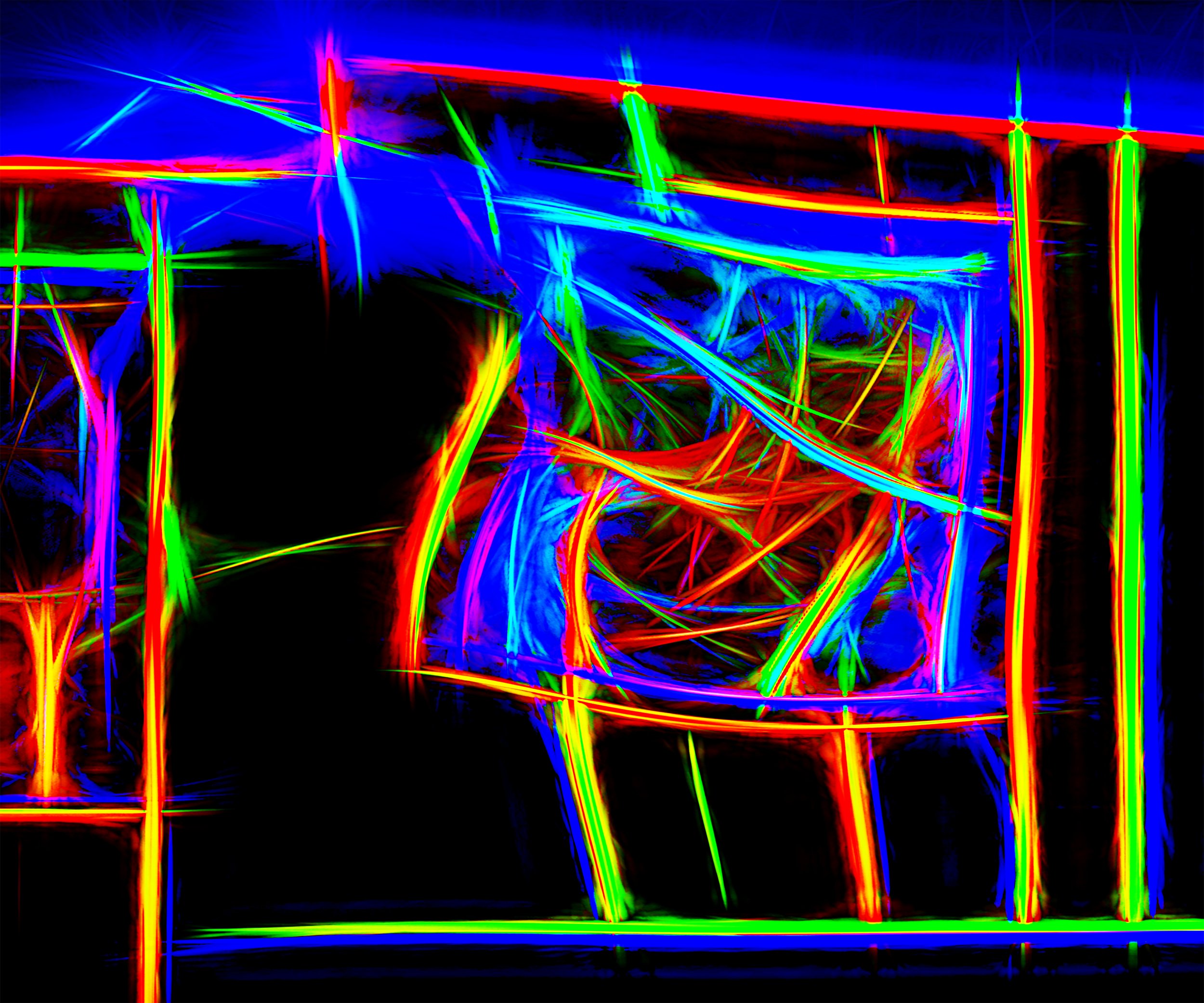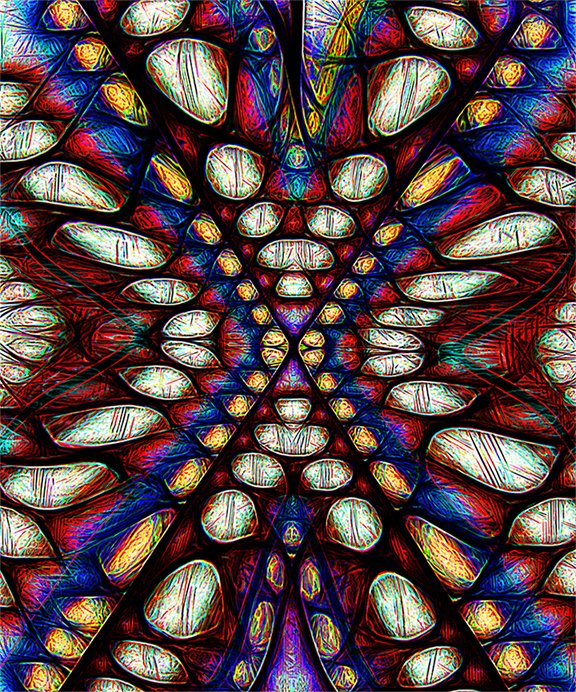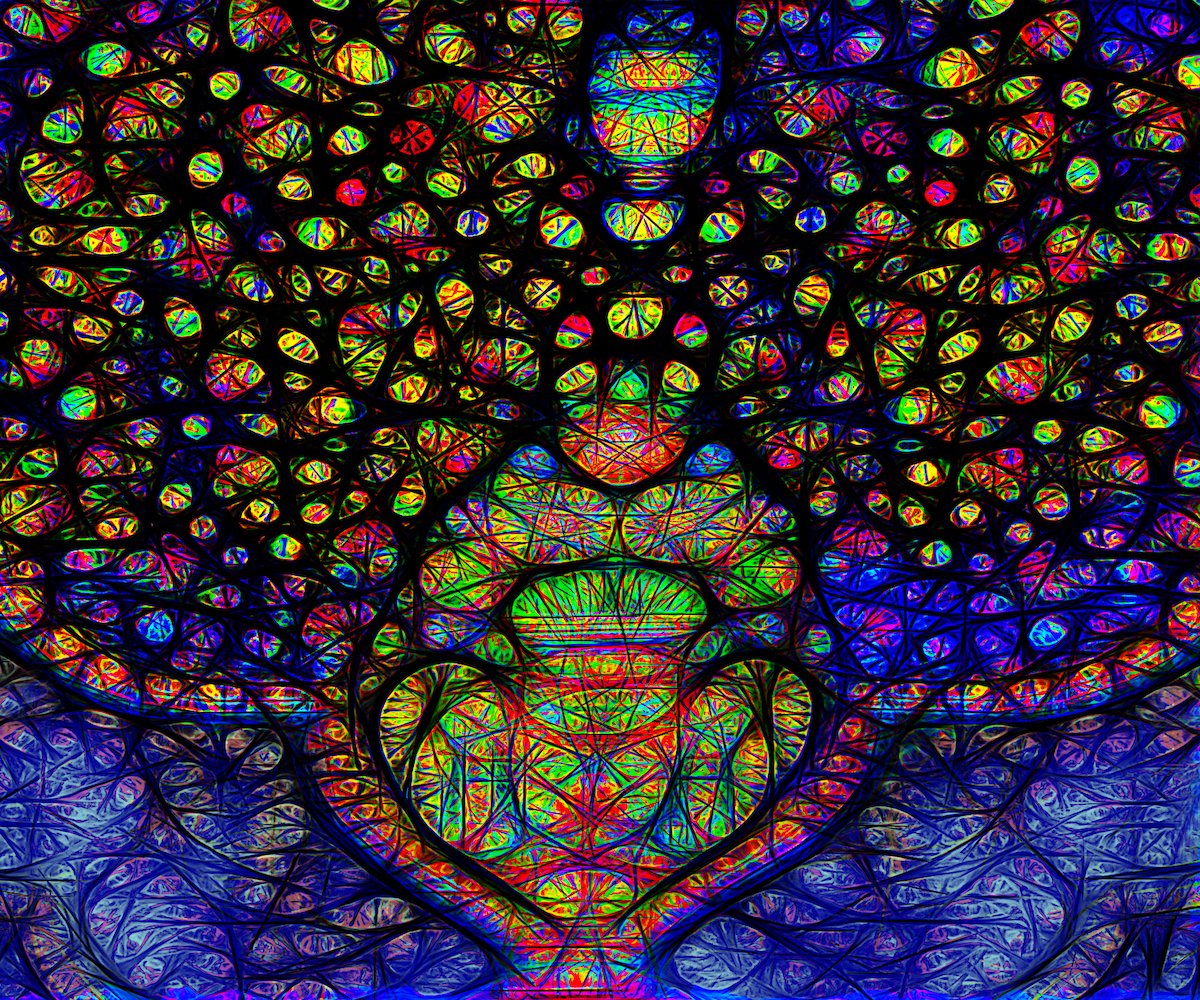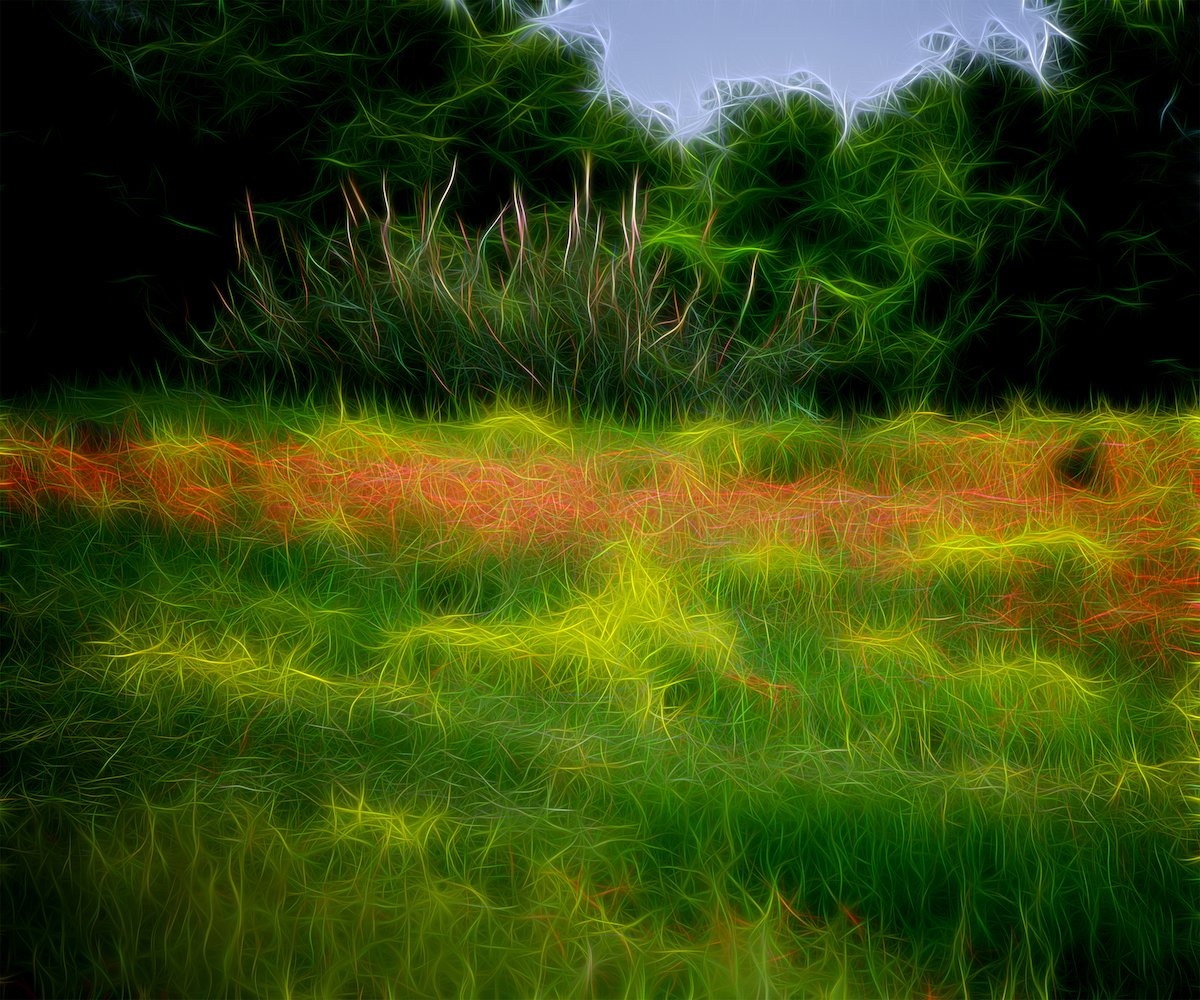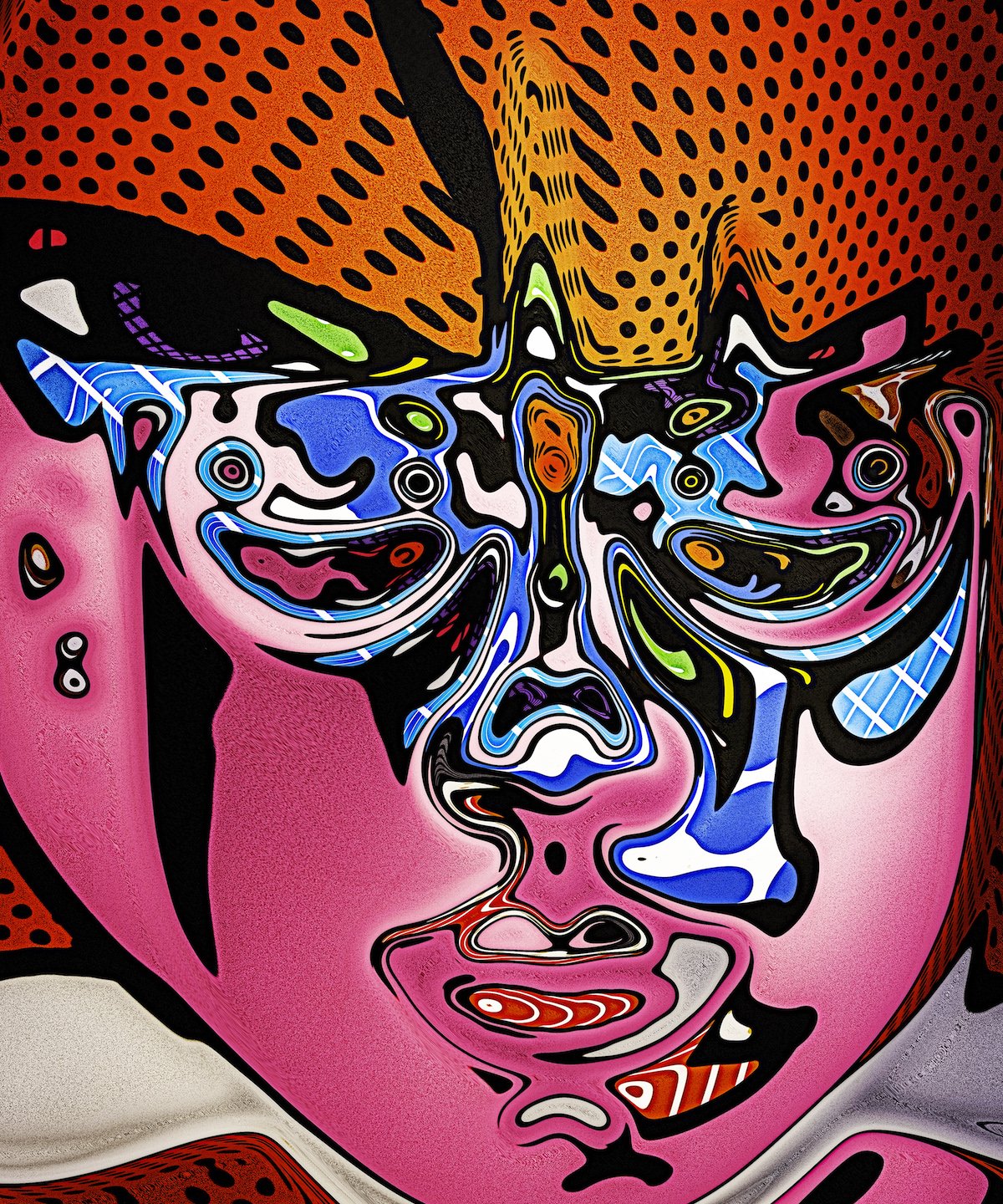Interview with Howard Harris
Howard Harris has long been fascinated by both visual perception and design. The Denver Colorado USA native earned a BFA from Kansas City Art Institute, MID (Masters Industrial Design) from Pratt Institute in New York studying with internationally renowned design theorist Rowena Reed Kostellow. Harris has spent more than 35 years combining design and technology where he has won many prestigious professional awards. Now his creative energy has turned to his lifelong passion, photography. With an iconoclastic streak that had seen him consistently forging new directions in design, he was bound to approach the photographic image in an unconventional way as well. In 2017 Harris was granted a United States Patent no: 9,753,295 titled Apparatus and Method of Manufacturer for a Layered Artwork proving the uniqueness and inventiveness of his photographic work. Since then his work has appeared in many books and publications such as ARTtour International Artists of the Decade, Art Collectors Choice Japan, International Contemporary Masters, and Top 10 Contemporary Artists, to mention a few. He has also been awarded Artists for a Green Planet Artist of the Decade, International Prize Raffaello, International Prize Giulio Cesare, International Prize Leonardo Da Vinci, International Prize Caravaggio and more. He serves as a Trustee of The Kansas City Art Institute has won the Who’s Who Worldwide Lifetime Achievement and the USA Small Businessperson of the Year. His work is shown internationally and represented by galleries in the United States, U.K. and Europe and appear in South Korean Yukyung Art Museum.
How would you describe yourself and your artwork?
I would describe myself as a curious student of art, philosophy, technology, and invention who uses every available tool to create a pleasing image. And if a tool is not available to express my vision, I will invent the tool. I am the type of person who sees a crowd going in one direction. I will immediately go in the opposite direction to see what’s there.
My artwork begins with a digital single camera frame to capture the base image I use to remember the moment. Since my camera can only capture the image at shutter speeds, I try to internalize the full dimensionality of the moment. The image becomes my note of reference for the memory that caused me to shoot the image. Then I use various technologies to isolate and evaluate the color, line, and form. I will exaggerate or morph the image into a symphony of color, shapes, and forms that hopefully express a sense of time, space, point of view, and emotions. The philosophical basis for my work is partly due to the study of fractals, fluid dynamics, quantum physics, and chaos theory, in particular the proposition that the observer always influences what is observed.
How do you go about beginning a new piece? Do you have an idea already in mind, or do you start working with materials or sketches to find the departure point?
My work/thoughts/ideas begin with viewing the wonders the world has to offer. Understanding the polymorphic nature of the world we live in is the beginning. Exploring the variations, a single image excites my senses and becomes the model I wish to describe through my art. I use a camera to capture the base memory. Sometimes I can direct my memories into the final artwork, and sometimes the image takes on a life of its own where I am just the medium that allows the image to tell its own story.
When do you think your most prolific time of day or week is?
Having a studio in my home enables me to work any time I like. To pick a time, day or week when I am most prolific, is hard to say. However, I can state that I am most prolific when the images in my camera scream at me to be released. Some images hate the confines of the frame. They are the images that are imprinted in my mind. Gary Zukav, the writer, states, “What is behind your eyes holds more power than what is in front of them.” And the energy an image radiates behind my eyes supercharges my production.
What is a barrier you as an artist overcame? Is there anything that enabled you to develop your work as an artist in your life?
I am interpreting this question as asking what the most significant barrier I had to overcome to become an artist is. And that is a tricky question since I feel I had to overcome so many obstacles through the years to become who I am today. Back to the question, I would say the most significant barrier I had to overcome was my education under the philosophies of Puritanism as interpreted by the American Educational System. However, to be fair to the Puritans, there was a sprinkling of John Dewey’s pragmatism thrown in just to confuse the student. Probably, a more straightforward way of putting it is when I freed myself from Newtonian mechanistic thinking and began embracing a more Eastern philosophical, quantum point of view, I started developing my art.
Did you have an idea of what you wanted to create right from the beginning?
The answer to this question is yes and no. The yes part is when I see an image that I want to help emancipate from its static form, and I can feel what the image is trying to tell me because the image creates the art. I am just the conduit that helps the image escape the static moment into an altered dimensional world. The no part is sometimes after uploading the many photos I took; there are unexpected images that I couldn’t see or feel but screamed to be explored after releasing them from the camera.
What is the meaning or creative inspiration for your work? We’re curious what the narrative or story you are producing?
Visual reality is an ever-shifting, highly individualized experience. In any given moment, what we see reflects both our inner state and synthesis of outer qualities—light, color, movement, space. My exploration in Techspressional dimensional photographic art represents an attempt to recreate the human perceptual experience with its dynamic nature and hidden complexities.
Josef Albers once said, “Abstraction is real, probably more real than nature.” I believe that Photographic Art should go beyond a static two-dimensional representation of nature. A photo should capture more than one moment in time, one view, and one experience. Adding additional dimensions to a two-dimensional image should be the artist’s goal. As an artist, one should master technology. But mastering technology or technique only makes one a technician. The artist must transcend the merely technical. The artist’s goal is to add the intangible dimensions of personal expression, emotion, movement, and the opportunity for the image to interact with its ever-changing environment.
Besides your artworks, are there any other things in life that your voice as an artist may consider vital or valuable? What makes you joyful and creative, in other words?
I find traveling to new places inspire me. Traveling the world to experience different cultures, food, landscapes, and other art gets my creativity flowing. Through my travels, I try to translate that energy into my art.
Are there any exhibitions or places where people can see these beautiful creations in person soon? Anything on the horizon?
I have listed the pending shows. However, due to local covid situations, shows are off and then on, scheduled and rescheduled. I suggest referring to the gallery websites to confirm any show.
Vatican Artists of Fame - At the Vatican Chancellery - Rome Italy - March 5 - 11, 2022
Galleria 360 (Florence, Italy)
Agora Gallery (Chelsea, New York)
Colorida Galeria De Arte (Lisbon, Portugal)
ARTCHILLI Gallery (London, England)
Gallery Andrea (Scottsdale, Arizona)
Website: www.hharrisphoto.com



